Earlier this month, AnimationXpress reported about Contiloe Pictures’ historical period drama 21 Sarfarosh: Saragarhi 1897 to stream on Netflix, after a successful TV run.
With this, Contiloe Pictures continues to wow audiences with its varied content ranging across different genres. Behind this success saga, lies the vision and relentless pursuit of Contiloe Pictures CEO and founder Abhimanyu Singh.
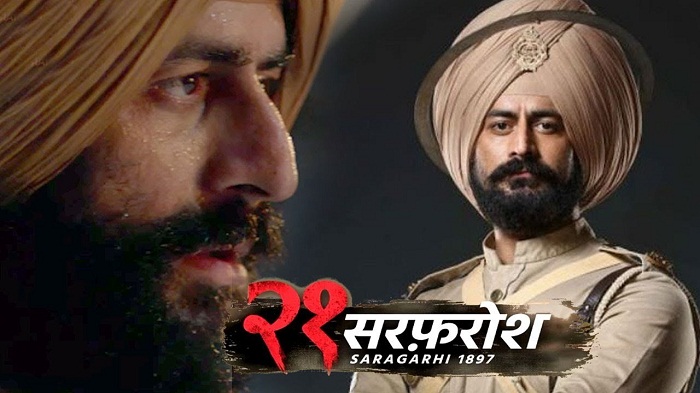
Right after graduation, Singh started his first independent production for public broadcaster, Doordarshan under the banner of Contiloe Pictures which has since emerged into one of the leading production companies in India. Having successfully produced over 100 shows and two feature films under his banner he continues to focus on large productions yet he is deeply rooted in bringing out the depth in his stories.
Being called as the pioneer in producing Historical and Mythological shows, Singh has successfully produced shows across genres including historical, crime, horror, thriller, events, formats, comedies, animation and mini-series, featuring nearly 5000+ hours of content.
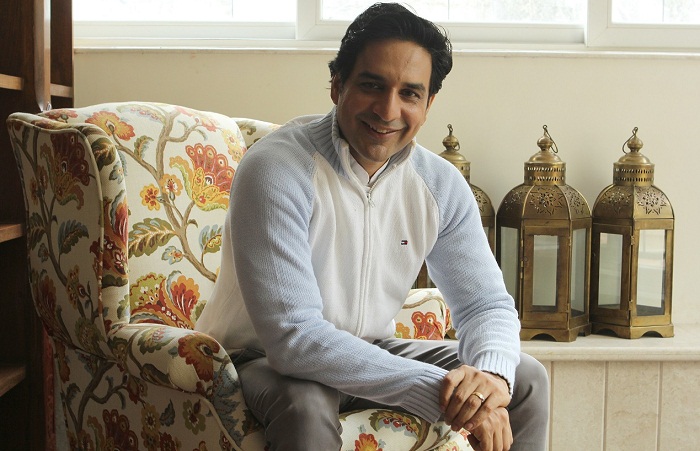
AnimationXpress chats with Singh, the man behind the matter :
> You’ve been in the industry for quite a long time. Can you tell us about how the journey has been?
It began with making shows in the year 1995, it’s been 22 years, and it still feels like we started yesterday. There’s so much to do and so much to learn! We started by making a thriller, after which we moved to doing a lot of film-based content and then we moved on to doing a horror show where we used a lot of visual effects for the first time. This was in the year 2002. When we used VFX for the first time to tell stories, we realized how stories could be told in a newer manner, fresher manner with more imagination rather than being confined to only a camera and the limitations of the real world.
Soon after we started doing historicals where we used a lot of our knowledge of visual effects to enhance the experience for viewers. Jhansi Ki Rani in 2008 was the first historical we did and to date we have done over 3000 episodes of various historicals, each time using animation and visual effects to improve the viewing experience.
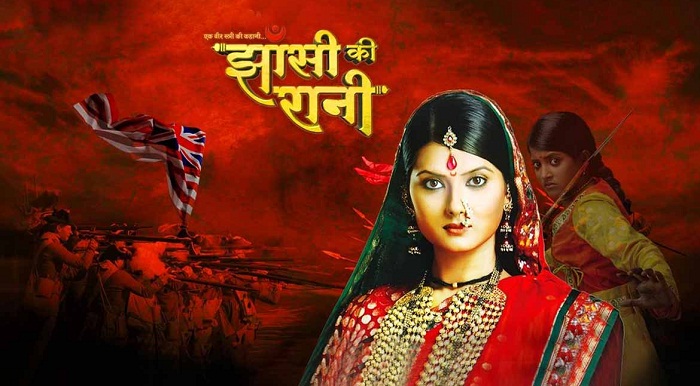
> How has the scenario changed in the industry since you started, for both good and bad?
The good part is that now, you have the opportunity of telling and making variety entertainment. Earlier, it was largely confined to soaps, so 80-90 per cent of all channel FPCs were dominated by soaps. Now you have more content – horrors, thrillers, historicals, mythological, giving creators more of a leverage to show their creative skill sets as well as to tell a variety of stories. This has led to a huge amount of challenges being faced by makers as far as talent is concerned. While content requirement has increased many fold, there are still only a handful of skilled writers, directors, DOP’s and so on, therefore it has been a challenge to get good talent.
> Having created more than 5000+ hours of premium television content varying across different genres, how has content and its treatment changed?
Again, now, we have the opportunity to create a variety of entertainment and we also have multiple mediums to showcase it. We have more content genres as opposed to having only soaps.
> How does it feel to have won the National Award in animation for Mahayoddha Rama? What was the inspiration behind making this film?
Obviously, it feels great to get a National Award. Any actor, any creator getting honoured by the president of India is a great privilege. I always imagined what Ravan would be if all his heads could talk and that’s where the idea of Mahayoddha Rama emerged. At that stage, we engaged writers and creators. That was an early stage in 3D animation and it took us 10 years to complete what we had started in 2007.
> Can you elucidate on the process of making this film and the techniques used?
The project started as a thought in 2007 and brought on to the floor in 2008. The best talents in the industry were involved in the team to make the thought reach the big screen. One team in Mumbai and another in Chennai were working simultaneously.
At the beginning of this project, the CGI industry in India was at a learning stage and the technology was also very primitive as compared to today. So it’s only the dedication and the quality of people associated with the project that helped us. Once the broad story was approved, we started conceptualising the characters, props and locations. Then we moved on to the storyboard and animatics to get everyone on the same page.
With the project on full swing and artists at their creative best everyone was enjoying the ride and hoping for a fruitful completion. It took us seven years to complete this project. Artists involved in the project are serving the industry in the most of senior positions of different animation and VFX studios around the world. And as always we got paid for all the dues, time and effort we put in to it in the form of a National Award in 2016.
> Technology seems to have played and still continues to play a huge role in your productions. How has its use changed over the years?
- It has always helped us to tell stories in a different manner
- Technology and VFX always helps in storytelling and realizing your imagination
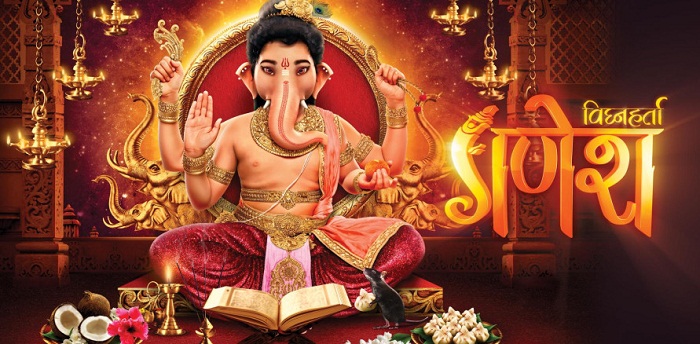
> Contiloe is the first in the country to bring Motion Capture Technology to the small screen with Vighnaharta Ganesh. Can you throw some light on the same; about the thought behind it and creating a milestone?
Ganesha has never looked like Ganesha the way we see him in traditional art. Usually this is in the realm of makeup – they take an actor and plaster a prosthetic trunk on the nose. So, the perspective of the way Ganesha looks, the way his eyes look, the way his nose looks, the way his mouth and trunk are, which is more the face of an elephant, can never match the face of a human being by putting a trunk on his nose. This was the problem.
So, when we researched, the solution was Motion Capture Technology. It had been used to create 3D animation in films like Avatar and Planet of the Apes where you could take an animated character and put in the emotions of a human being. Therefore, we imported this technology, did an R&D and decided that this was the apt technology to move with and went ahead and actioned it. It was challenging because Avatar was a three-hour film made over three years. We were going to practically be making an episode a day or 260 episodes in 365 days. So with using this technology, we used render farms in China and that’s how we came up with the process that was sustainable for a daily show.
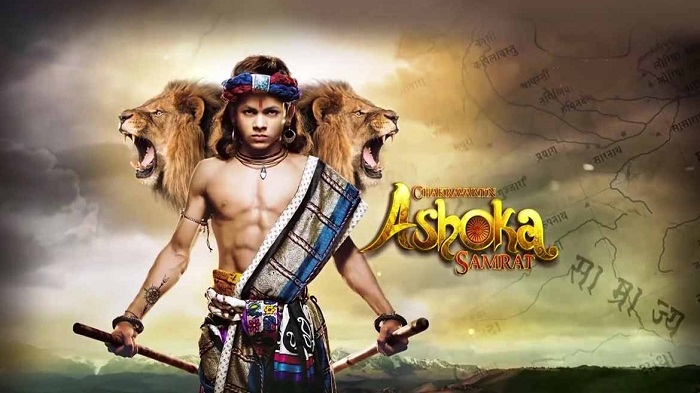
> According to you what’s the importance of indigenously created content?
I think every part of the world will have their own stories to tell and people want to hear these stories. They want to see the stories and they want their children to see these stories. Hence, it’s important that on a world stage, all kinds of content thrives and therefore, indigenously created content needs to be there. You’ll have great stories like, Fauda from Israel that the world is watching. You’ll have a show like Money Heist, which has been made in Spain which has become a big hit across the world. Then, House of Cards that are doing extremely well everywhere across the world. For India, it is a country rich with stories and indigenously made content will be the order of the day.
> What’s in pipeline from the house of Contiloe?
We are working on Taj, a digital series with Applause Entertainment. It’s being planned on a very large scale. On the television front, we are doing a show which is based on wrestling about a girl who goes against all odds to become a gold medalist in the Olympics. These are some of the new ideas that we are coming up with. Apart from this, we are working on some new historical mythological ideas which we will keep you posted on.

